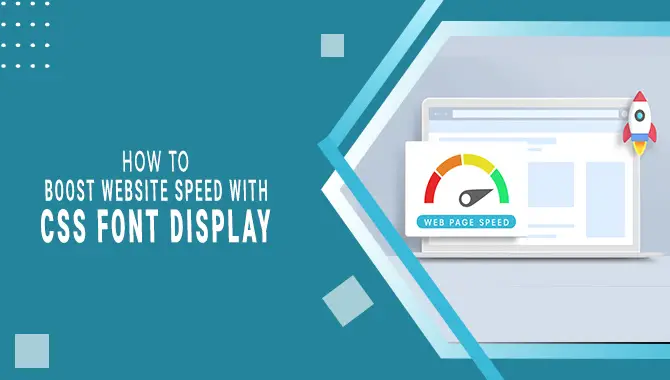Website speed is one of the most important factors in improving user experience and engagement. Slow websites lead to higher bounce rates and fewer visitors. In this guide, we’ll explore some effective techniques to improve your website’s speed using CSS and JavaScript.
1. Minimize CSS and JavaScript Files
One of the first steps in optimizing speed is reducing the size of your CSS and JavaScript files. You can do this through:
- Minification: Reducing file size by removing spaces, comments, and unused code.
- Compression: Using technologies like Gzip or Brotli to compress files.
Example:
2. Asynchronous Loading
When loading JavaScript files, it’s best to load them asynchronously so they don’t block the loading of the page’s main content. This can be achieved by using the async or defer attributes.
Example:
3. Using CSS Sprites
If your site contains many small images (like icons), you can combine them into a single file using CSS Sprites. This reduces the number of HTTP requests, improving load speed.
Example:
4. Implement Lazy Loading
Lazy loading is a technique where images or videos are loaded only when they come into the user’s viewport. This reduces initial page load time.
Example:
5. Use Critical CSS
Critical CSS refers to the essential styles needed to render the page's content above the fold. By extracting and inlining this CSS directly in the HTML, you can significantly speed up rendering.
Example:
6. Avoid Render-Blocking CSS and JavaScript
CSS and JavaScript can block the rendering of your page. To prevent this, consider loading non-essential CSS and JavaScript files after the main content is loaded, or use the defer or async attributes.
Example:
7. Optimize Images
Images often take up the most bandwidth on a website. Make sure they are compressed and appropriately sized for different devices. Use modern formats like WebP for smaller image sizes.
Example:
8. Caching for Better Performance
Make use of browser caching to ensure that users don’t need to download the same assets every time they visit your site. Set up caching headers for static files to improve speed on repeat visits.
Example:
9. Reduce HTTP Requests
The fewer the number of HTTP requests, the faster the page loads. You can reduce HTTP requests by combining files (CSS, JavaScript), using CSS sprites, and serving images with srcset for responsive designs.
10. Implement Content Delivery Network (CDN)
Using a CDN can help distribute your website’s assets across multiple servers around the world, making it quicker to load regardless of the user's location.
Example:
Conclusion
Improving website speed is crucial for better user experience and SEO. By applying the techniques listed above—minifying files, lazy loading, using CSS sprites, and optimizing images—you can significantly enhance your website’s performance. With faster loading times, you’ll see lower bounce rates, higher user engagement, and ultimately, a better ranking on search engines.

